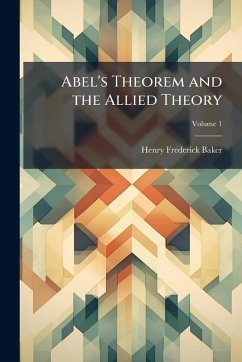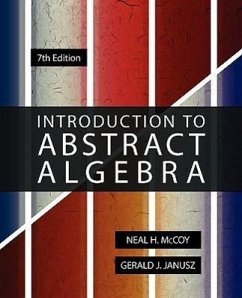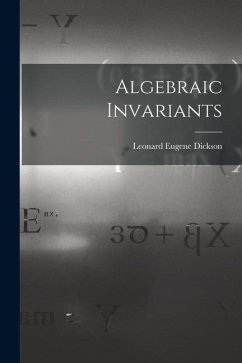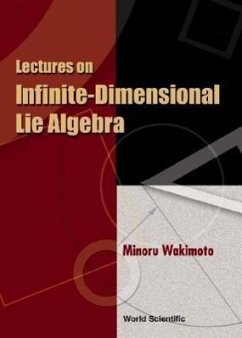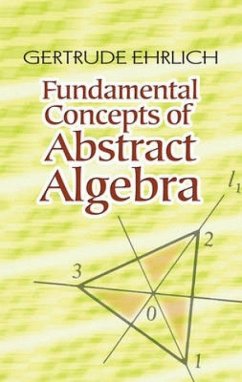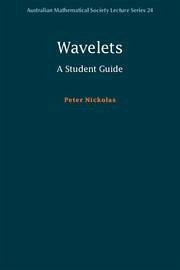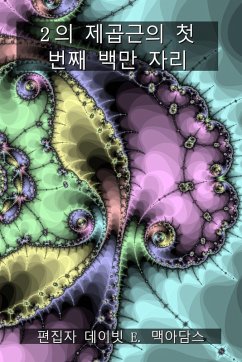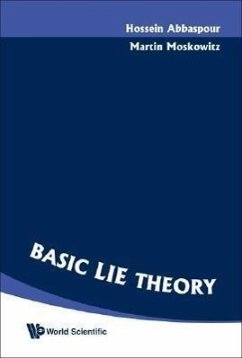
Introduction to Quaternions, by P. Kelland and P.G. Tait
Versandkostenfrei!
Versandfertig in über 4 Wochen
20,99 €
inkl. MwSt.
Weitere Ausgaben:

PAYBACK Punkte
10 °P sammeln!
"Introduction to Quaternions" by Philip Kelland and Peter Guthrie Tait offers a comprehensive exploration of quaternion algebra, a mathematical system that extends complex numbers. This historical text delves into the theory and application of quaternions, providing a foundation for understanding their role in various fields of physics and mathematics. The book covers fundamental concepts, algebraic properties, and practical uses of quaternions, with a focus on their application to three-dimensional space and mechanics. Readers will gain insights into the relationship between quaternions and v...
"Introduction to Quaternions" by Philip Kelland and Peter Guthrie Tait offers a comprehensive exploration of quaternion algebra, a mathematical system that extends complex numbers. This historical text delves into the theory and application of quaternions, providing a foundation for understanding their role in various fields of physics and mathematics. The book covers fundamental concepts, algebraic properties, and practical uses of quaternions, with a focus on their application to three-dimensional space and mechanics. Readers will gain insights into the relationship between quaternions and vector analysis, as well as their significance in Hamiltonian mechanics and other areas of theoretical physics. This edition remains valuable for mathematicians, physicists, and students interested in the historical development of mathematical tools and their enduring relevance in modern science. This work has been selected by scholars as being culturally important, and is part of the knowledge base of civilization as we know it. This work was reproduced from the original artifact, and remains as true to the original work as possible. Therefore, you will see the original copyright references, library stamps (as most of these works have been housed in our most important libraries around the world), and other notations in the work. This work is in the public domain in the United States of America, and possibly other nations. Within the United States, you may freely copy and distribute this work, as no entity (individual or corporate) has a copyright on the body of the work. As a reproduction of a historical artifact, this work may contain missing or blurred pages, poor pictures, errant marks, etc. Scholars believe, and we concur, that this work is important enough to be preserved, reproduced, and made generally available to the public. We appreciate your support of the preservation process, and thank you for being an important part of keeping this knowledge alive and relevant.




